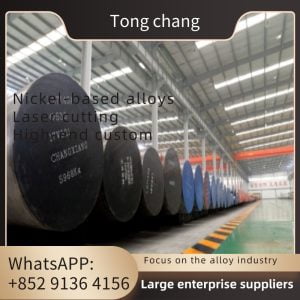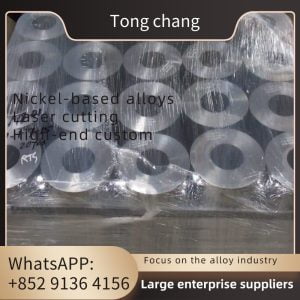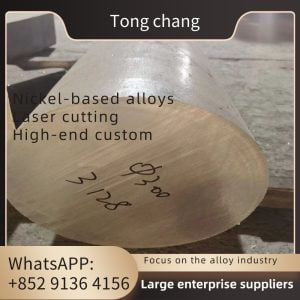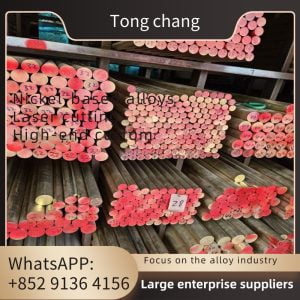| Standard: | ASTM A182/ASME SA182 | Material Grade: | F316L |
|---|---|---|---|
| Size: | As Per Client’s Drawing | Application: | Heat Exchanger, Boiler, Pressure Vessel, Chemical Reactor, Power Plant, Energy , Petrochemical |
| High Light: | 1.4301 Condenser Stainless Steel Tube Sheet, F304 SS Tube Plate | ||
ASTM A182 F316L Stainless Steel Tube Sheet Tubular heat exchanger
What is tubesheet ?
A tube plate, a round steel plate with holes drilled in it that are slightly larger than those of a tube of the same outside diameter, is a round steel that serves to hold the tube as well as seal the medium in the heat exchanger. After the tube is welded in and fixed, it serves as such an accessory.
The processing accuracy of the tube plate, especially the tube hole spacing and tube diameter tolerance, perpendicularity and finish all greatly affect the assembly and use performance of the above chemical equipment.
In the calculation of the fixed tube plate according to the temperature difference under various conditions to calculate the axial stress of the shell, the axial stress of the heat exchanger tube, heat exchanger tube and tube plate between the pull-off force q, one can not meet the strength (or stability) conditions, we have to set the expansion joint. In the fixed tube plate strength check calculation, when the thickness of the tube plate is determined, without setting expansion joints, sometimes the strength of the tube plate is not enough, after setting expansion joints, the thickness of the tube plate may meet the requirements. At this time, you can also set up expansion joints to thin the pipe plate, but from the material consumption, manufacturing difficulties, safety and economic effects and other aspects of a comprehensive assessment.
Processing of tubesheet
The tube plate used for three or four types of pressure vessels need a relatively high precision, the traditional hole processing method is the clamp scribing, rocker drill holes. With the enlargement of chemical vessels, the diameter of the tube plate is also increasing, the thickness is also gradually thickened, the tube plate processing also introduces numerical control technology, the general use of CNC drilling machine to lead the hole with the rocker drill to do hole processing. The use of machining centers to do high efficiency and high precision hole processing is also gradually accepted by some large enterprises. The demand for large and thick tube plate in the field of nuclear power, seawater desalination, and central air conditioning heat exchanger is showing an increasing trend.
Judging criteria
In the inspection process of the tube plate, the main inspection index is the hole position, hole diameter tolerance, hole finish, the presence of burrs, gouge slot position, etc. For the double tube plate, the inspection process pays more attention to the hole position, the hole fit of the two tube plates is very important. Generally with CNC drilling machine can ensure. In contrast to the thick plate, more than 300mm holes, hole perpendicularity is very important, these large diameter thick plate, the need for more sophisticated tools and equipment
Chemical Composition of ASTM A182 F316L
Symbol | C | Mn | P | S | Si | Ni | Cr | Mo |
F316L | 0.03 | 2 | 0.045 | 0.03 | 1 | 10.0-15.0 | 16.0-18.0 | 2.00-3.00 |
Mechanical Properties of ASTM A182 F316L
Material Symbol | Tensile Strength min, MPa | Yield point min, Mpa | Elongation min, % | Reduction of area min, % |
ASTM A182 F316L | 485 | 170 | 30 | 50 |
Application
Tubular heat exchanger
petrochemical
Nuclear
steam turbines
large central air conditioners
pressure vessels








